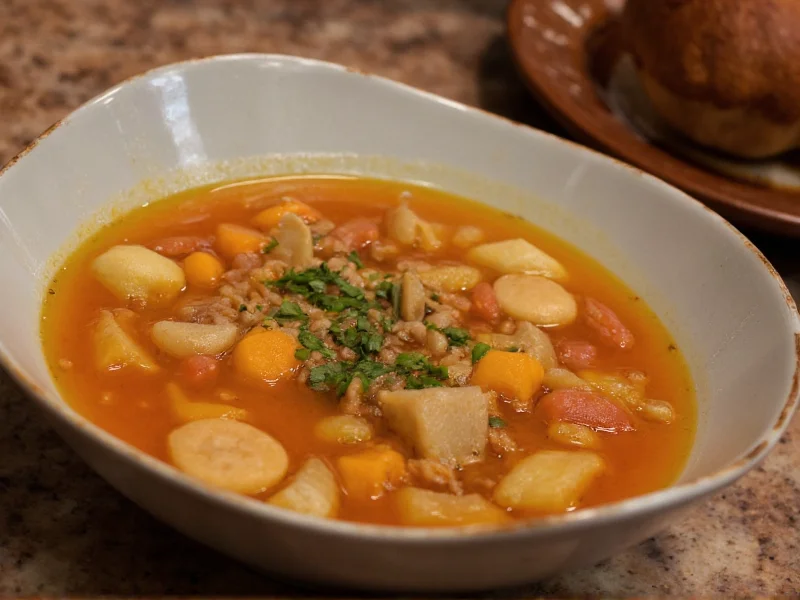When exploring unusual traditional cuisines, few topics generate as much curiosity and confusion as mouse soup. This distinctive dish represents one of many culturally specific food practices that often puzzle outsiders. Understanding mouse soup requires examining its historical context, preparation methods, and cultural significance within the communities that maintain this tradition.
The Cultural Origins of Mouse Soup
Mouse soup has deep roots in rural Chinese and Vietnamese culinary traditions, particularly in agricultural regions where field mice were abundant. Historical records indicate that farmers in these areas developed methods to prepare mice as a practical protein source during lean seasons. In traditional Chinese medicine, certain preparations of mouse soup were believed to have medicinal properties, particularly for treating respiratory conditions and improving vitality.
The practice emerged from necessity rather than preference. In rice-growing regions of southern China and northern Vietnam, field mice often damaged crops, creating both a pest problem and a potential food source. Rather than waste this protein resource, communities developed preparation techniques that made the meat safe and palatable.
Traditional Preparation Methods
Authentic mouse soup preparation follows specific protocols that address food safety concerns. Traditional practitioners emphasize:
- Using field mice rather than urban rodents
- Thorough cleaning and removal of internal organs
- Boiling in multiple changes of water to eliminate potential contaminants
- Combining with medicinal herbs like ginseng or astragalus
- Slow simmering for several hours to ensure safety and flavor development
| Region | Preparation Style | Cultural Significance |
|---|---|---|
| Southern China | Mouse broth with ginger and rice wine | Believed to strengthen qi (vital energy) |
| Northern Vietnam | Mouse soup with medicinal herbs | Traditional remedy for respiratory issues |
| Rural Guangxi | Smoked mouse meat in soup | Seasonal harvest celebration dish |
Common Misconceptions About Mouse Soup
Several persistent myths surround mouse soup that deserve clarification. The most frequent confusion involves the similarity between "mouse" and "mousse" (the French dessert). Many Western searchers looking for "mouse soup" actually intend to find chocolate mousse recipes, creating significant search confusion.
Another misconception portrays mouse soup as a widespread practice across Asia, when in reality it's limited to specific rural communities and has been declining with modernization. Contemporary Chinese and Vietnamese urban populations generally don't consume mouse soup, viewing it as a relic of past hardship rather than a culinary preference.
Modern Perspectives on Traditional Mouse Soup
Today, mouse soup exists at the intersection of cultural preservation and modern food safety standards. In regions where the tradition persists, preparation methods have evolved to incorporate contemporary food safety practices while maintaining cultural authenticity.
Anthropologists studying food traditions note that mouse soup represents just one example of how communities historically utilized available protein sources. Similar practices exist worldwide, from frog legs in France to insects in parts of Africa and South America. The key difference lies in cultural familiarity—what seems unusual to one culture may be commonplace in another.
When examining traditional mouse soup recipes, it's essential to approach the subject without cultural judgment while acknowledging legitimate food safety considerations. Modern practitioners often combine traditional knowledge with contemporary understanding of foodborne pathogens to create safe preparations.
Understanding the Cultural Context
Viewing mouse soup through a cultural lens reveals important insights about food traditions worldwide. Many foods considered delicacies in one culture might seem unusual elsewhere. The key to understanding these practices lies in recognizing their historical context and cultural significance rather than applying external judgments.
For researchers interested in authentic traditional mouse soup preparation, academic anthropological studies provide the most reliable information. These sources document the practice with cultural sensitivity and factual accuracy, avoiding the sensationalism that often accompanies Western discussions of unfamiliar food traditions.
Frequently Asked Questions
Is mouse soup actually eaten in China and Vietnam?
Yes, mouse soup is traditionally consumed in specific rural regions of southern China and northern Vietnam, particularly among agricultural communities. This practice stems from historical food scarcity and traditional medicine beliefs, not modern culinary trends. The tradition has significantly declined with economic development and is not common in urban areas.
What's the difference between mouse soup and mousse soup?
Mouse soup refers to a traditional dish made from field mice in certain Asian cultures, while mousse (pronounced "moos") is a French dessert. The confusion arises from similar pronunciation. Mousse soup isn't a standard culinary term, though some modern chefs have created savory mousse-based soups, which are completely unrelated to traditional mouse soup.
Is it safe to eat mouse soup prepared traditionally?
Traditional preparation methods include multiple safety steps like thorough cleaning, boiling in several water changes, and long simmering to reduce health risks. However, modern food safety standards recommend against consuming wild rodents due to potential pathogens. Contemporary practitioners in regions where the tradition continues often combine traditional methods with modern food safety knowledge.
Where can I find authentic traditional mouse soup recipes?
Authentic traditional mouse soup recipes are primarily documented in anthropological studies and regional cookbooks from southern China and northern Vietnam. These sources provide cultural context and preparation methods. Most mainstream recipe websites confuse mouse soup with mousse recipes, so academic or culturally specific sources offer the most accurate information about traditional preparations.
Why do some cultures eat mouse soup while others find it unusual?
Food preferences are culturally determined. What seems unusual in one culture may be commonplace in another. Mouse soup developed in specific agricultural contexts where field mice were abundant and considered a practical protein source. Similar examples exist worldwide, like frog legs in France or insects in parts of Africa. Cultural familiarity shapes what communities consider acceptable food sources.











 浙公网安备
33010002000092号
浙公网安备
33010002000092号 浙B2-20120091-4
浙B2-20120091-4